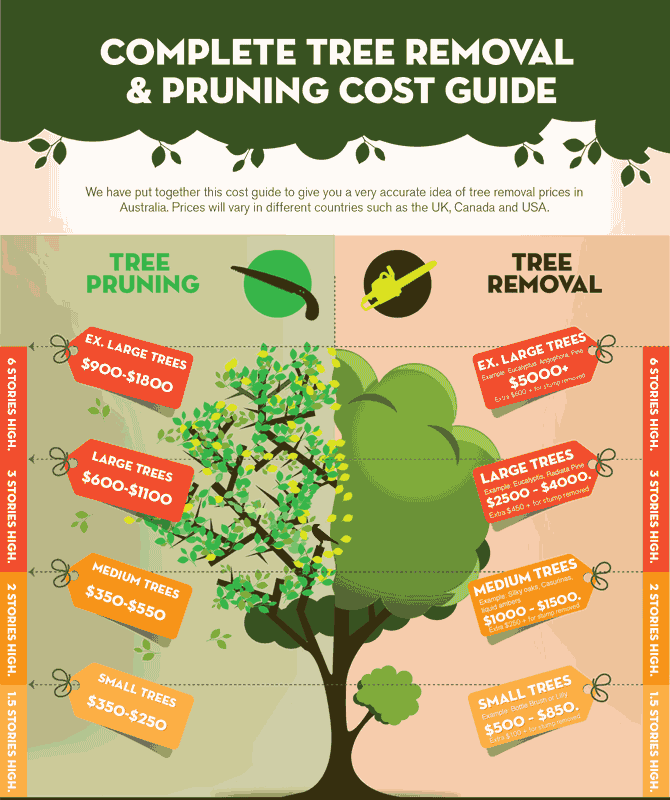Hints That Suggest Tree Removal: How To Place Hazardous Trees
Hints That Suggest Tree Removal: How To Place Hazardous Trees
Blog Article
Created By-Velling Aagaard
When it concerns tree care, acknowledging the indications that it's time for removal is vital for your safety and security and residential or commercial property. You may notice discolored leaves, wilting branches, or weird fungal developments suggesting health issue. Structural issues, like a substantial lean or fractures in the trunk, can additionally position dangers. Understanding these indication can help you make educated choices about your trees and prevent possible hazards prowling in your lawn. What should you seek following?
Indicators of Degeneration and Disease
When you notice indications of decay and disease in your trees, it's essential to act swiftly. Look for blemished leaves, wilting branches, or uncommon developments like fungus. These can show that your tree is struggling.
If you see splits in the bark or soft, mushy wood, these signs and symptoms recommend inner decay. Additionally, an abrupt increase in pests around your tree can indicate that it's deteriorated and vulnerable.
Check for any type of dead or dying arm or legs, as they posture a risk to your home and safety and security. If you doubt about what you see, consulting an arborist can give clarity.
Attending to these signs early can save you from more comprehensive damage and ensure the health and wellness of your lawn. Don't wait till it's too late.
Structural Instability and Leaning
As you observe your trees, keep an eye out for any indications of architectural instability or leaning. If a tree leans dramatically, it might show that the root system is jeopardized.
Try to find Palm Tree Stump Removal Chemical of fractures in the trunk or dirt around the base; these can signify potential failing. In addition, check for unusual development patterns, like an uneven crown, which may suggest that the tree is having a hard time to hold itself upright.
If you observe that the tree favors your home, high-voltage line, or various other structures, it poses a higher risk. Best Time Of Year To Trim Trees ignore these signs-- speak with an arborist to examine the situation.
Acting early can protect against expensive damage and guarantee your safety and security.
Dead or Dying Branches and Foliage
If you discover dead or dying branches and vegetation on your tree, it's a clear indication that something's wrong.
These undesirable locations can indicate underlying problems like condition, pest invasions, or environmental tension. When branches lose their fallen leaves or turn brownish, they're no more contributing to the tree's wellness. Overlooking these signs could lead to additional decrease, making your tree more harmful.
Dead branches can quickly break off during storms, posturing a threat to residential or commercial property and individuals nearby. It's essential to examine the degree of the damages.
If the problem impacts a substantial part of the tree, think about speaking with an expert. They can aid establish if removal is required to guarantee security and maintain the beauty of your landscape.
Final thought
If you notice any type of indicators of degeneration, architectural instability, or dead branches on your trees, don't neglect them. These signs can posture serious safety and security threats to you and your home. It's constantly best to speak with a specialist arborist who can offer an expert analysis of your trees. Acting early can protect against crashes and costly damage, guaranteeing your landscape continues to be safe and healthy. Keep in mind, it's far better to be proactive about tree treatment than to wait on a calamity to take place.
